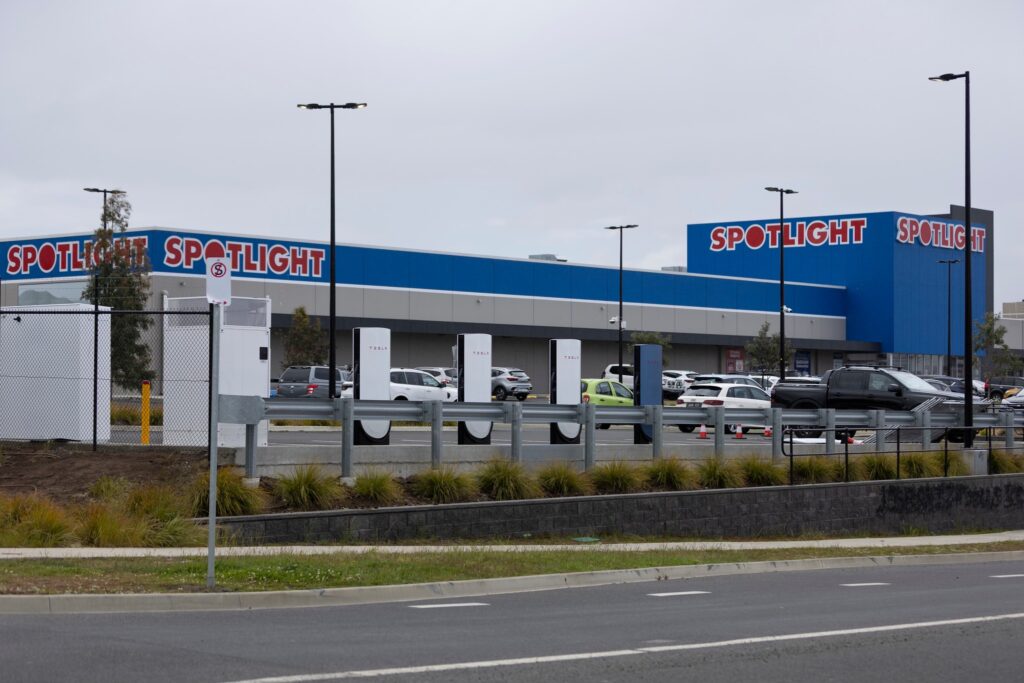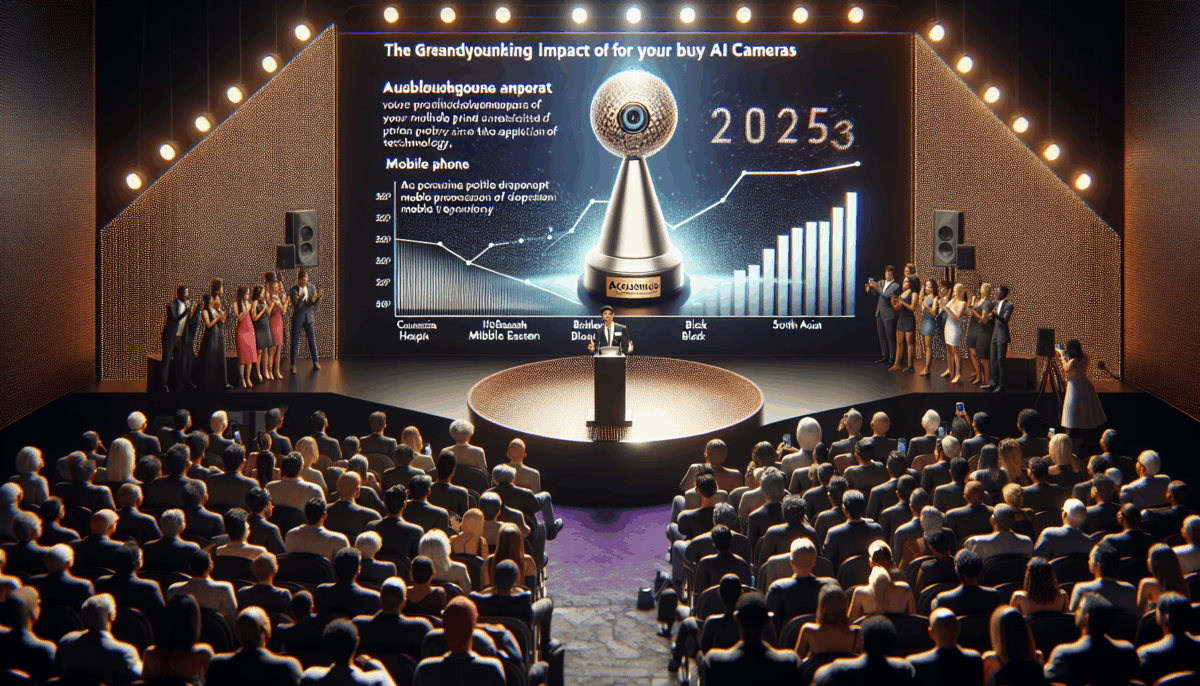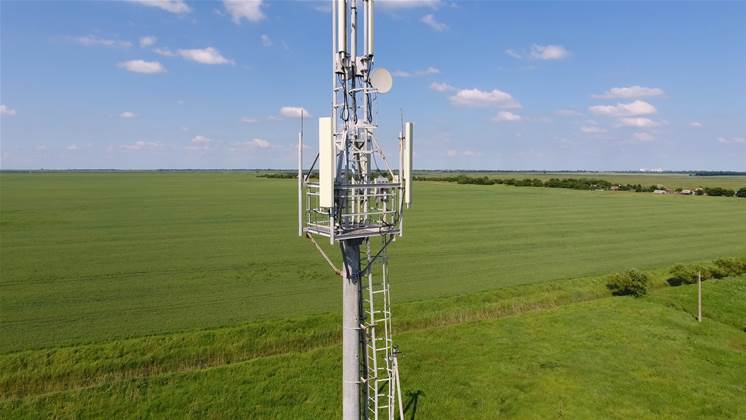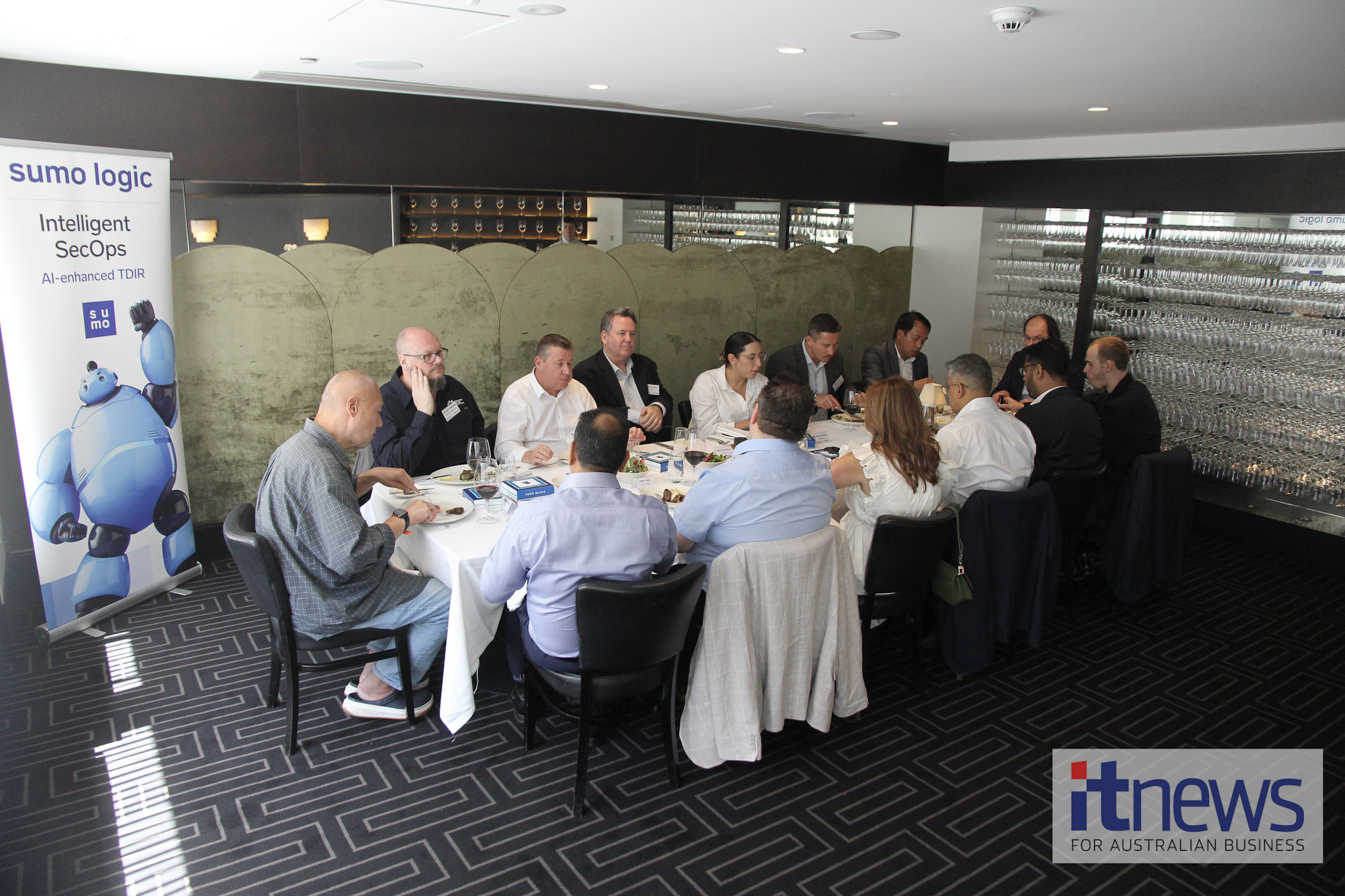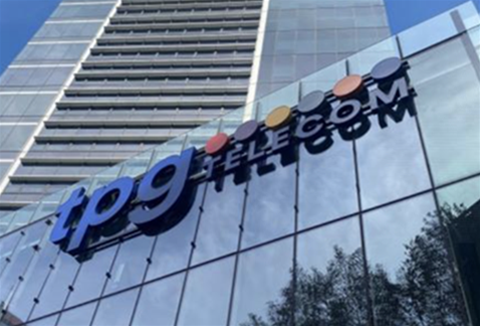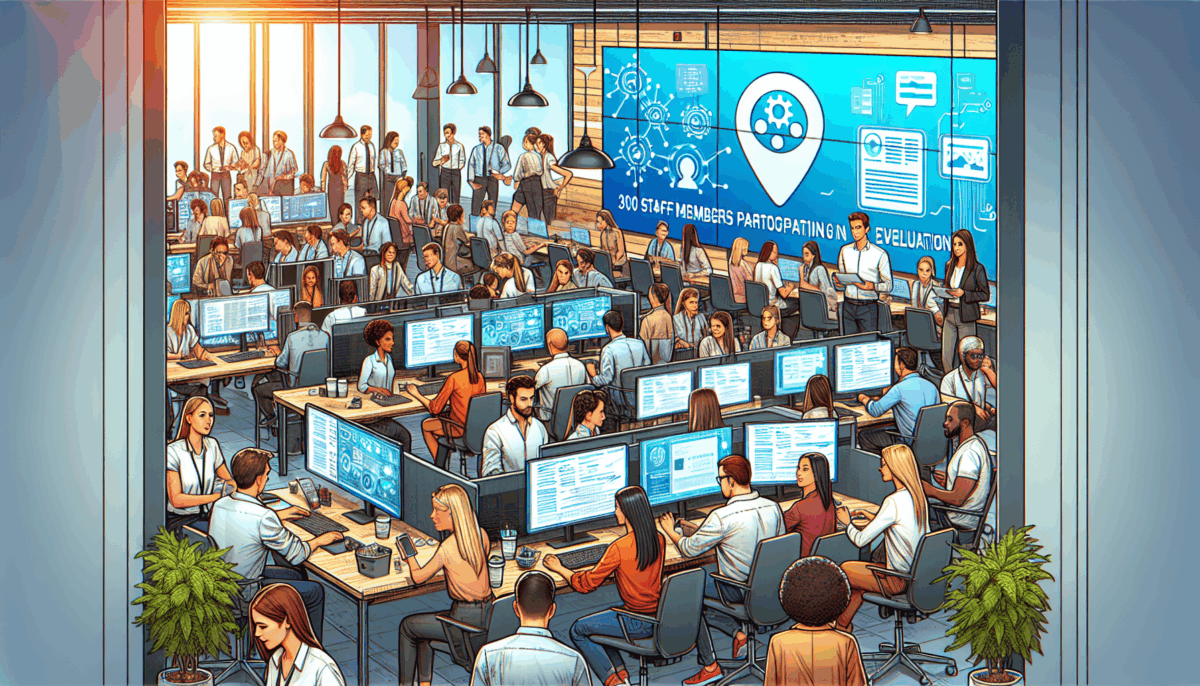NSW’s $969 Million Unified Digital Patient Record May Encounter Possible Cost Overruns
We independently review everything we recommend. When you buy through our links, we may earn a commission which is paid directly to our Australia-based writers, editors, and support staff. Thank you for your support!
Quick Read
- The Single Digital Patient Record (SDPR) initiative in NSW is facing possible budget overruns.
- This initiative relies on Epic Systems software, which was initially contracted for over $1 billion.
- The business case was found to have underestimated the expenses related to system integration, according to the NSW Audit Office.
- Cost estimates from the beginning were based on information that has become obsolete since the COVID-19 pandemic.
- NSW Health aims to finalize the SDPR by 2028 across various health institutions.
- Audits are scheduled for 2026-2027 to evaluate project effectiveness and governance.
NSW’s Digital Health Initiative at a Crossroads

The ambitious initiative to establish a Single Digital Patient Record (SDPR) in New South Wales is encountering potential budget overruns. The NSW Audit Office has indicated that the foundational business case might have underestimated the costs related to system integration.
Audit Findings and Financial Implications
The Audit Office has published a report highlighting flaws in the SDPR’s business case. The estimated costs for the project did not accurately account for the integration with existing legacy systems. This oversight is critical since the integration process is vital for the project’s success, and early signs indicate that these expenses may be significant.
In the absence of supported or sanctioned cost estimates, the SDPR initiative may face major financial difficulties, resulting in possible budget overruns and poor management.
Challenges and Adaptive Measures
Teresa Anderson, CEO of the SDPR Implementation Authority, remarked that the original business case was created during the chaotic COVID-19 period, which has evolved markedly. Global supply chain challenges and increasing operational expenses have added complexity to cost forecasts.
Even with these challenges, NSW Health remains focused on the project’s completion, enforcing stringent financial governance to effectively manage procurement and integration efforts.
Project Timeline and Future Plans
Since 2019, the SDPR initiative has been integral to NSW Health’s strategic framework. Following initial research and tendering processes, Epic Systems was selected to develop the SDPR in late 2022. By 2024, an authority was instituted to supervise deployment, and recruitment for technology professionals commenced.
Training for healthcare workers is currently underway, with a target for overall project finalization by 2028, encompassing a vast network of hospitals, pathology facilities, laboratories, and community health centres.
Summary
The SDPR initiative in NSW, aimed at enhancing healthcare data access throughout the state, faces budgetary obstacles due to underestimated integration costs. Despite ongoing challenges, NSW Health is committed to its realization, with comprehensive governance and forthcoming audits planned to secure project success.





